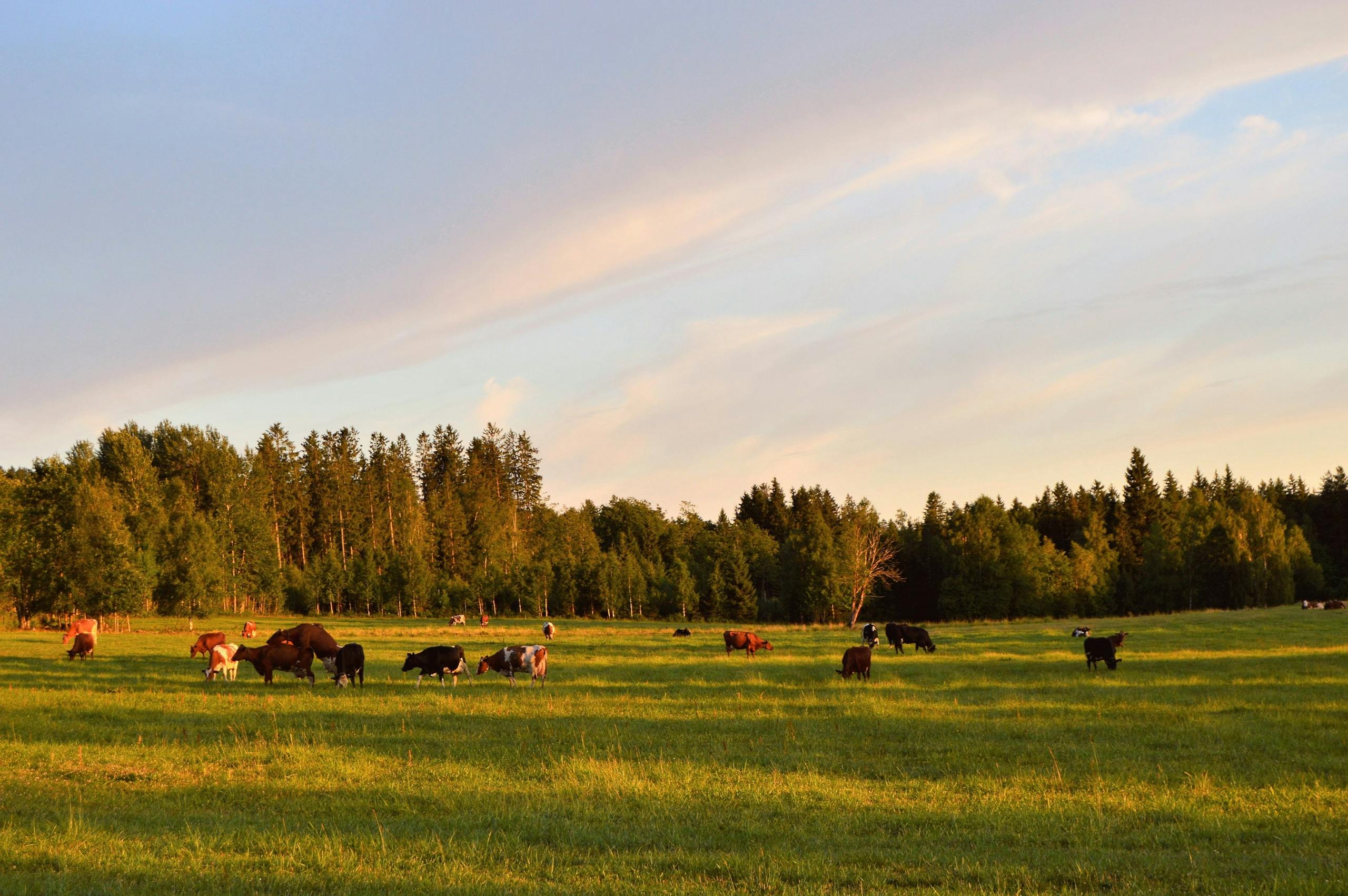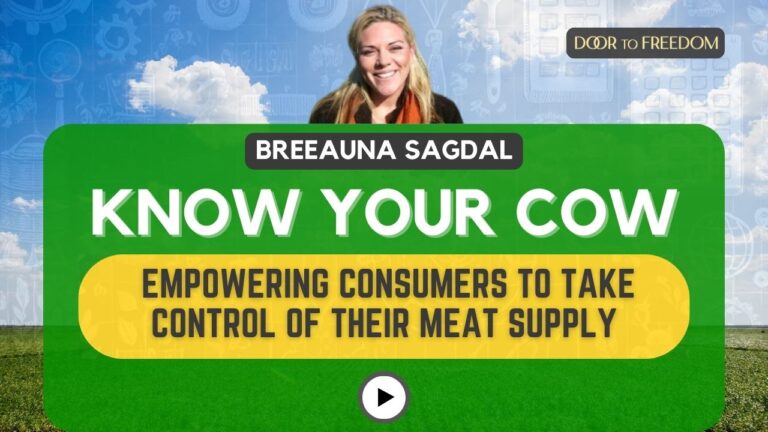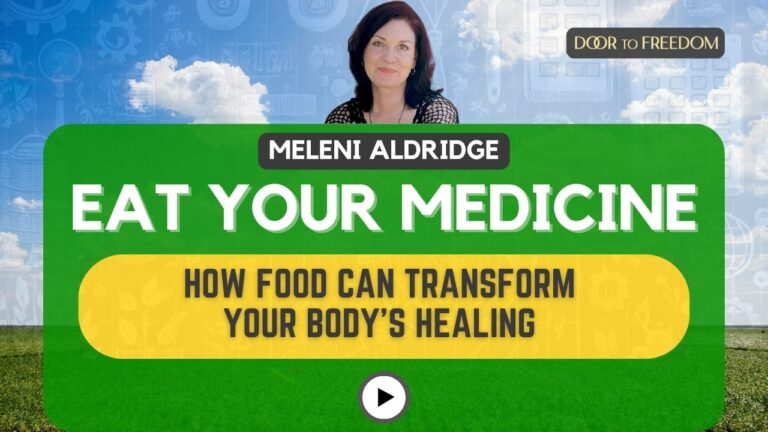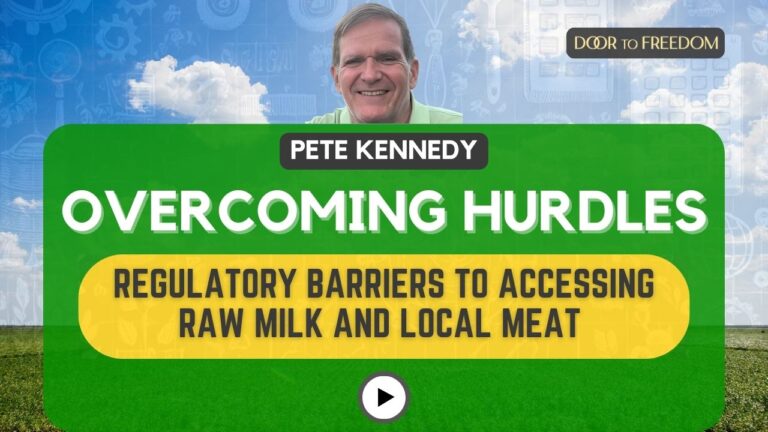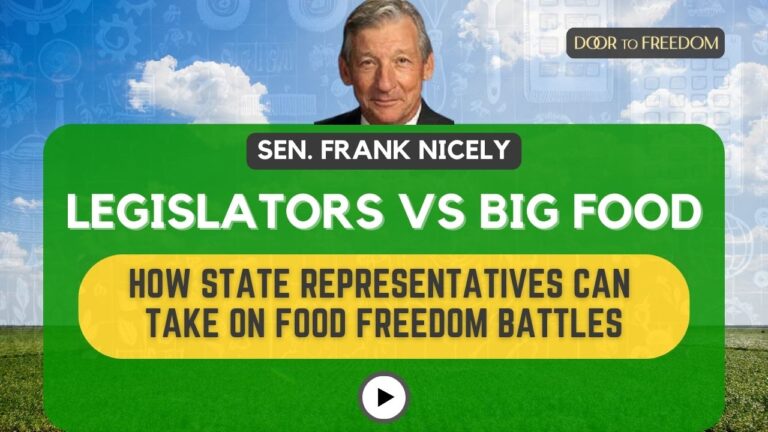This is a repost with permission from the author.
Novel scientific processes are being developed to reduce methane production by cows, including feeding milk cows the chemical 3-nitrooxypropanol (3-NOP) as an “enteric inhibitor,” marketed under the brand name BovaerⓇ in Europe and pending approval for cows in the U.S. Other experimental additives include red seaweed (being fed to cows for Ben & Jerry’s Ice Cream). BovaerⓇ is touted as reducing methane emissions from dairy cows by as much as 30%, but its long-term impacts on human health are unclear. Will people drink milk from chemical-dosed cows to save the planet from methane?
This methane-reducing chemical was approved for use in Europe by the European Food Safety Authority’s Panel on Additives and Products or Substances used in Animal Feed (FEEDAP). FEEDAP concluded that 3-NOP was safe for cows even though “the genotoxicity potential of 3-NOP cannot be ruled out.” Though rats were used to assess impacts on humans, the panel dismissed evidence of potential impact on male reproductivity:
The FEEDAP Panel noted that the severe effects seen on testes and epididymides, affecting spermatogenesis, were observed in rats only.
…
[T]he testicular toxicity induced by administration of 3-NOP is rat specific. The FEEDAP Panel agreed with this conclusion.
…
[T]he use of Bovaer® 10 in animal nutrition under the conditions of use proposed was of no concern for consumer safety and for the environment.
There have been numerous food additives approved for human consumption for which there was no concern for human safety, and subsequently proved to be unhealthy. High-fructose corn syrup and hydrogenated fat saturate the American food supply with no apparent concern for human safety. Glyphosate has been banned in many parts of the world, but is hailed as harmless by the U.S.’s EPA and FDA.
Adding chemicals that are eye and skin irritants (like 3-NOP) to cow feed, to make human food, to reduce methane production seems sketchy: corporations generally only develop additives that bolster profits. The profit pitch may be that consumers will buy the environmentally friendly reduced-methane milk. But findings like this from FEEDAP may offer cause to pause:
The FEEDAP Panel notes that the genotoxicity of 3-NOP cannot be ruled out and that pre-neoplastic lesions and tumours [sic] observed in the 2-year carcinogenicity study with 3-NOP are biologically relevant. However, the consumer is not exposed to 3-NOP. Therefore, the above findings are not considered relevant for the safety for the consumer.
Consumers didn’t like bovine growth hormone (bovine somatotropin) in their milk. This was developed in the 1970s to increase milk production, using an artificial hormone developed with recombinant DNA technology: rBGH. Many countries have banned the drug, but it is still used in U.S. milk supplies with no labeling requirement. Proponents claim it will help the climate by increasing productivity, thereby permitting a herd reduction of some 157,000 animals and their associated “carbon footprint.”
American consumers also objected to “pink slime,” a processed meat by-product paste used as a food additive and filler called “lean finely textured beef,” or LFTB. Objections arose to the use of beef trimmings treated with ammonia or citric acid. Pink slime is banned in the European Union, Canada, and several other nations. In the U.S., the product was profitable, so the government overrode consumer safety concerns: it is now found, unlabeled, in American grocery stores since the USDA’s Orwellian-named “Food Safety and Inspection Service” reclassified the substance as “ground beef.”
Hormones and antibiotics are also used in U.S. beef production, to increase growth rates and leaner finished animals. These include synthetic hormones, some of which adversely impact animal health. Consumer concerns may be justified, given the increasing human illness being caused by damage to the gut. One study observed the lack of study of this potential harm:
Small amounts of antibiotics added to feedstuff present growth promotion effects via the prevention of infectious diseases at doses lower than therapeutic dose. The induction of antimicrobial resistant bacteria and the disruption of normal human intestinal flora are major concerns in terms of human health impact.
…
[B]efore deciding on any risk management options, risk assessments of antimicrobial resistance require large-scale evidence regarding the relationship between antimicrobial use in food-producing animals and the occurrence of antimicrobial resistance in human pathogens.
There is a pattern at work though—those large-scale studies are never done. Consumers are told to just trust the scientific experts and the corporate profiteers. PFAS have seeped into U.S. drinking water for 80 years, and the EPA only established “safe levels” of these forever chemicals in 2023. Synthetic meat has been approved for production with little study of its potential harms: people don’t want to eat the stuff despite claims of climate salvation.
Next thing you know, the government will work with private business entities to compel humans to take an experimental vaccine, with inadequate study, while providing unlimited liability for any harms caused. With revolving-door regulatory oversight for corporate profit now the obvious norm in America, who on earth would drink milk tainted with chemicals that synthetically alter how cows digest grass?

